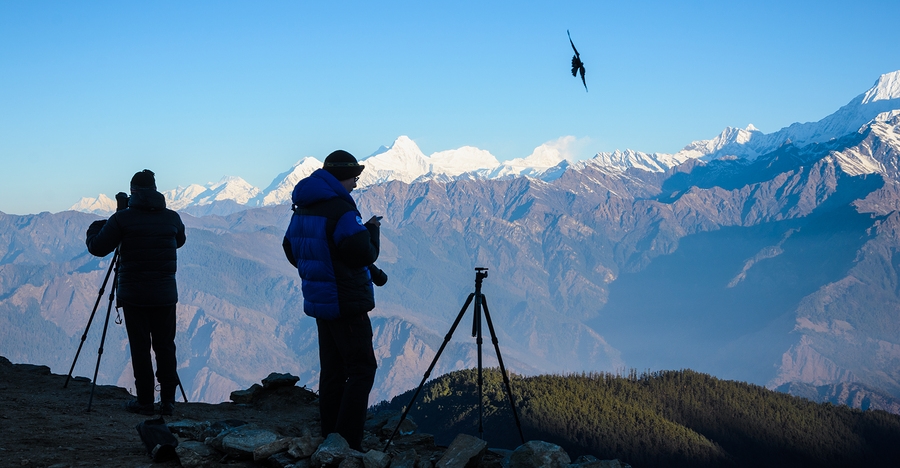Nature and travel photographer Spencer Cox has described how he uses the decisive moment for landscape photography, in this article over at Photography Life.
It may seem strange that you would take a street photography advice and apply it to something as different as landscapes, but the article gives you an idea of how it possible and why it will improve your images.
What is the Decisive Moment?
Sometimes, a photograph is taken at such a perfect moment that it feels as though no other point in time could express the essence of the event so perfectly. Henri Cartier-Bresson defined that as the decisive moment.
How does this work in practice? Every time that someone moves — or does anything, really — there is some point along the way which perfectly encapsulates the moment. If someone jumps, it is the moment that they are in the air. If someone catches a baseball, it is the moment their glove touches the ball. Henri Cartier-Bresson aimed to capture this exact moment in his street photos.
In street photography, one good way to capture the decisive moment is to stand in front of an interesting background and wait for something to happen. The goal is to be prepared. For example, if you point your lens at a billboard advertising cat food, it is inevitable that someone will walk their dog past the location. If you are ready to take a quick photo, you could capture an interesting and ironic image.
This is, admittedly, a simple example from someone who rarely takes street photos. Instead, I tend to photograph nature and landscapes. So, why is the decisive moment relative to such a different type of work? Quite simply, everything moves. Even landscapes, which tend to be relatively static, move and change dramatically as the day goes by. This means that you can apply the concept of the decisive moment just as easily.
The Subject and the Moment
In landscape photography, the “decisive moment” is all about light. How has the sun changed? Where is it in the sky? How do the colors look in your scene?
Landscape photography is as much about the decisive moment as is street photography. You can take a good photograph if you have an interesting subject, and you can take a good photograph if you capture the right moment. However, to take a great photograph, you need to capture an interesting subject at the right moment.
Differences
The decisive moment in landscape photography is different from the decisive moment of street shots. When you are photographing people, everything moves much more quickly. It is harder to predict exactly what will happen, and it is harder still to capture it at the perfect moment.
In landscape photography, though, everything tends to change slowly. Sure, you may end up photographing a rainbow as it fades, but even then you often have a few seconds before it’s gone. Street photography, though, is impossibly quick. To capture his famous “jumping man” photo, Henri Cartier-Bresson had to be within a few milliseconds of the perfect moment. I understand that this is sometimes true in landscape photography, too. If you are photographing ocean waves or explosions of lava, you may have a fraction of a second to take the right shot. However, these are outliers for most people, not the norm.
Similarly, landscape photography has more predictable changes than does street photography. We all know when the sun will rise and set. I even have an app on my phone to calculate it, as I am sure many readers also do. Street photography isn’t random, but it is much more difficult to predict how a scene will look several minutes or hours in the future.
Finally, landscape photography’s decisive moment typically involves a change in light. While street photographers often wait for objects in their scene to move into place, landscape photographers wait for the right light. It is a subtle difference, but it means that landscape photographers have the ability to return to the same spot — even several years in the future — and capture exactly the image they want.
Despite all these differences, though, the decisive moment is just as important in landscape photography as in street photography. You may not have to capture the exact fraction of a second that someone jumps in the air, but you will need to plan how to spend your time photographing good light before it changes.
Read the full article with example photos over at Photography Life.
Source: Photography Life

